Books
Andrews, Prof. E.A. Slavery and the Domestic Slave Trade in the United States: In a series of Letters Addressed to the Executive Committee of the American Union for the Relief and Improvement of the Colored Race (Boston: Light & Stearns, 1836).
Armstead, Myra B. Young Freedom's Gardner: James F. Brown, Horticulture, and the Hudson Valley in Antebellum America (New York: NYU Press, 2012).
Artemel, Janice G. Baldwin, The Alexandria Slave Pen: The Archeology of Urban Captivity. (Washington, DC: Engineering Science, 1987)
Baldwin, Leland D. Pittsburgh The Story of A City (Pittsburgh: University of Pittsburgh Press, 1938).
Baldwin Jr., William P. Plantations of the Low County: South Carolina 1697-1865 (Westbrook, ME: Legacy Publishing, 1994)
Ball, Edward Slaves in the Family (New York, NY: Ballantine Books, 1998)
Bell, Howard H. ed. Minutes and Proceedings of National Negro Conventions 1830-1864 (Published by Howard H. Bell).
Black, Rev. John. Slavery contrary to the Bible: an address delivered to the students at the Theological Hall, Canonsburg (Pittsburgh: Allinder, 1839).
Blackett, Richard J. M. Building an Antislavery Wall. Black Americans in the Atlantic Abolitionist Movement, 1830-1860 (Louisiana State University Press, 1983)
___________, Beating Against the Barriers. Biographical Essays in Nineteenth-Century Afro-American History (Louisiana State University Press, 1986).
___________, "'Freedom, or the Martyr's Grave': Black Pittsburgh's Aid to the Fugitive Slave." In African Americans in Pennsylvania: Shifting Historical Perspective, edited by Joe William Trotter, Jr. and Eric Ledell Smith (University Park: Penn State University Press, 1997).
Blockson, Charles L. Pennsylvania's Black History (Philadelphia: Portfolio Associates, 1975).
___________, The Underground Railroad in Pennsylvania. Jacksonville, NC: Flame International, 1981.
Boucher, John Newton, ed. A Century and a Half of Pittsburg and Her People (New York: The Lewis Publishing Company, 1908).
Brown, William Wells. The Black Man: His Antecedents, His Genius, and His Achievements (Boston: R. F. Wallcut, 1863).
Carney, Judith A. and Richard Nichalos Rosomoff. In the Shadow of Slavery: Africa's Botanical Legacy in the Atlantic World (Berkley and Los Angeles: University of California Press, 2009)
Carrington, Selwyn The Sugar Industry and the Abolition of the Slave Trade, 1775-1810 (Gainesville: University of Florida Press, 2010).
Clayton, Ralph Cash for Blood: the Baltimore to New Orleans domestic slave trade (Westeminster, MD: Heritage Books, 2007, c2002).
Collins, Winfield Hazlett The Domestic Slave Trade of the Southern States (New York: Broadway Publishing Company, 1904).
Colton, Calvin. Colonization and Abolition Contrasted (Philadelphia: H. Hooker, 1839).
Covey, Herbert C. and Dwight Eisnach What the Slaves Ate: Recollections of African American Foods and Foodways from the Slave Narratives (Greenwood Press, 2009).
Cuomo, Mario and Harold Holzer, eds. Lincoln on Democracy (New York: Fordham University Press, 2004).
Delany, Martin R. "Blake or The Huts of America: A Tale of the Mississippi Valley, the Southern United States." Serialized in 1859 in The Anglo African Magazine 1861 and 1862 in the Weekly Anglo African Magazine (Beacon Press, 1989).
__________. The Condition, Elevation, Emigration and Destiny of the Colored People of the United States Politically Considered (Philadelphia, published by the author, 1852).
__________. Official Report of the Niger River Valley Exploring Party (New York, 1861).
___________. Principia of Ethnology: The Origin of Races and Color with an Archaeological Compendium and Egyptian Civilization from Years of Careful Examination and Enquiry (Philadelphia, 1879).
___________. The Origin and Objects of Ancient Freemasonry; Its Introduction into the United States and Legitimacy Among Colored Men (Pittsburgh, 1853).
___________. "National Polity" address to the students of Wilberforce University.
___________. Homes for the Freedman (Charleston, S.C., 1871).
Deyle, Steven Carry Me Back: The Domestic Slave Trade in American Life (New York: Oxford University Press, 2005)
Diouf, Sylviane A. Slavery's Exiles: The Story of the American Maroons (New York: NYU Press, 2014)
Drake, Philip. Revelations of a slave smuggler; being the autobiography of Capt. Richard (i.e. Philip) Drake, an African trader for fifty years-from 1807-1857; during which period he was concerned in the transportation of half a million Blacks from African coasts to America (New York: R.M. DeWitt, 1860).
Drescher, Seymour. Abolition: A History of Slavery and Antislavery (Cambridge: Cambridge University Press, 2009).
_______________. From Slavery to Freedom: Comparative Studies in the Rise and Fall of Atlantic Slavery (New York: New York University Press, 1999).
______________. Many Middle Passages: Forced Migration and the Making of the Modern World (Los Angeles: University of California Press, 2007).
______________. The Slave Ship: A Human History (New York: Viking Press, 2007).
Dunbar, Erica Armstrong A Fragile Freedom: African American Women and Emancipation in the Antebellum City. New Haven: Yale University Press, 2008.
Eltis, David. The Rise of African Slavery in the Americas (Cambridge: Cambridge University Press, 1999).
Emmer, P.C. The Dutch Slave Trade 1500-1850 Fields-Black, Edda L. Deep Roots: Rice Farmers in West Africa and the African Diaspora (Bloomington: Indiana University Press, 2008).
Fernald, Merritt Linden and Kinsey, Alfred Charles. Edible Wild Plants of Eastern North America (Cornwall-on-Hudson, NY: Idlewild Press, 1943)
Fleming, George Thornton. History of Pittsburgh and Environs (New York: The American Historical Society, 1922).
Foner, Eric. Forever Free: The Story of Emancipation & Reconstruction (New York: Vintage Books, 2006).
Franklin, John Hope and Loren Schweninger Runaway Slaves: Rebels on the Plantation (New York: Oxford University, 1999)
______________ and Evelyn Brooks Higginbotham From Slavery to Freedom: A History of African Americans, ninth edition (New York: McGraw Hill, 2010)
Gara, Larry. The Liberty Line: The Legend of the Underground Railroad (Lexington: The University of Kentucky Press, 1961).
Glasco, Laurence A. ed. WPA History of the Negro in Pittsburgh (Pittsburgh: Pittsburgh University Press, 2004).
Griffith, Cyril E. The African Dream: Martin R. Delany and the Emergence of Pan-African Thought (University Park: The Pennsylvania State University Press, 1975).
Griffler, Keith P. Front Line of Freedom: African Americans and the Forging of the Underground Railroad in the Ohio Valley. (Lexington: University of Kentucky Press, 2004).
Harris, Jessica B. Africa Cookbook: Tastes of a Continent (New York: Simon & Schuster, 1998)
______________. High on the Hog: A Culinary Journey from Africa to America (New York: Bloomsbury, 2011).
Hays, Samuel P. ed. City at the Point: Essays on the Social History of Pittsburgh (Pittsburgh: University of Pittsburgh Press, 1989).
Henson, Josiah The Life of Josiah Henson, Formerly a Slave, now an Inhabitant of Canada, as Narrated by Himself (Boston: Arthur D. Phelps, 1849)
Higginbotham, A. Leon, Jr. In the Matter of Color: Race and the American Legal Process 1: The Colonial Period (Oxford: Oxford University Press, 1980).
Holly, James Theodore. The Prologue and Constitution of the Sisterhood of the Good Angels; and the By-laws of St. Luke's Society, of said Sisterhood (New Haven: William H. Stanley, 1856).
_________, A Vindication of the Capacity of the Negro Race for Self-Government and Civilized Progress as Demonstrated by Historical Events of the Haytian Revolution; and Subsequent Acts of that People since their National Independence (New Haven: printed by W. H. Stanley and published for the the Afric-American Printing Co., 1857).
Hornsby, Alton. Chronology of African American History: Significant Events and People from 1619 to the Present (Detroit: Gale Research, 1991).
Hudson, J. Blaine. Encyclopedia of the Underground Railroad (Jefferson, N.C.: McFarland & Company, 2006).
Irvine, Russell W. The African American Quest for Institutions of Higher Education Before the Civil War: The Forgotten Histories of the Ashmun Institute, Liberia College, and Avery College (Lewiston: Edwin Mellen Press, 2010).
Johnson, Walter. The Chattel Principle: Internal Slave Trades in the Americas. (Gilder Lehrman Center for the Study of Slavery, Resistance, and Abolition, 2004)
_________, Soul By Soul: Life Inside the Antebellum Slave Market (Boston: Harvard University Press, 2000).
Johnston, James F. The Chemistry of Common Life (New York: D. Appleton & Company, 1858)
Jones, Martha S. All Bound Up Together: The Woman Question in African American Public Culture, 1830-1900 (Chapel Hill: The University of North Carolina Press, 2007).
Ketner, Joseph D. The Emergence of the African American Artist Robert S. Duncanson, 1821-1872 (Columbia: University of Missouri Press, 1994).
Killikelly, Sarah Hutchinson. The History of Pittsburgh (Pittsburgh: B.C. & Gordon Montgomery Company, 1906).
Klein, Herbert S. The Atlantic Slave Trade (Cambridge: Cambridge University Press, 1990).
Kletzing, Henry F. and W.H. Crogman. Progress of a Race or The remarkable advancement of the Afro-American Negro from the bondage of slavery, ignorance and poverty, to the freedom of citizenship, intelligence, affluence, honor and trust (Atlanta, J.L. Nichols, 1903).
LaRouche, Cheryl Janifer Free Black Communities and the Underground Railroad: The Geography of Resistance (Chicago: University of Illinois Press, 2014)
Levine, Robert S. Martin Delany, Frederick Douglass, and the Politics of Representative Identity (Chapel Hill: University of North Carolina Press, 1997.
____________, Martin R. Delany: A Documentary Reader (Chapel Hill: University of North Carolina, 2003).
Libby, Jean editor, From Slavery to Salvation: The Autobiography of Rev. Thomas W. Henry of the A.M.E. Church (Jackson: University of Mississippi Press, 1994).
Litwack, Leon F. and August Meier. Black Leaders of the Nineteenth Century (Urbana: University of Illinois Press, 1988).
Lubove, Roy Twentieth Century Pittsburgh: Government, Business, and Environmental Change (Pittsburgh: University Press, 1995).
McCollester, Charles. The Point of Pittsburgh: Production and Struggle at the Forks of the Ohio (Pittsburgh: Battle of Homestead Foundation, 2008).
Manning, Patrick. The African Diaspora: A History through Culture (New York: Columbia University Press, 2009).
_____________. Slavery and African Life: Occidental, Oriental, and African Slave Trades (Cambridge: Cambridge University Press, 1900).
Miller, Randall M. and William Pencak. Pennsylvania: A History of the Commonwealth (Harrisburg: Pennsylvania State University Press, 2002).
National Emigration Convention of Colored People Proceedings of the National Emigration Convention of Colored People held at Cleveland., Ohio, August 1854. (Pittsburgh: Printed by A.A. Anderson, 1854).
National Equal Rights League. Proceedings of the First Annual Meeting of the National Equal Rights League held in Cleveland, Ohio October 19, 20, and 21, 1865. (Philadelphia: E.C. Markley & Son, Printers, 1865).
Negro Survey of Pennsylvania (Harrisburg: Pennsylvania Department of Welfare, 1928).
Northrup, David, ed. The Atlantic Slave Trade (Florence, Ky.: Wadsworth Publishing, 2001).
Northrup, Solomon Twelve Years a Slave
Payne, Daniel Alexander, Bishop. History of the African Methodist Episcopal Church (Nashville: Publishing house of A.M.E. Sunday School Union, 1891).
Paulsen, Gary Night John (New York; Bantam, Doubleday, Dell Books, 1993).
Pennsylvania Anti-Slavery Society. Address to the citizens of Pennsylvania: from the Convention held at Harrisburg, for the formation of a State Anti-Slavery Society (Philadelphia: Merrihiew and Gunn, 1837).
Pennsylvania Anti-Slavery Society. Proceedings of the Pennsylvania Convention assembled to organize an anti-slavery society at Harrisburg, on the 31 of January, and 1st, 2nd, and 3rd of February, 1837 (Harrisburg: Merrihew and Gunn, 1837).
Pennsylvania Anti-Slavery Society, Western District. Minutes, 1837-1838 (Manuscript).
Pennsylvania Society for Promoting the Abolition of Slavery. Constitution of the Pennsylvania Society for Promoting the Abolition of Slavery and the Relief of Free Negroes, unlawfully held in bondage begun in the year 1774, and enlarged on the twenty-third of April, 1787 (Philadelphia: J. James, 1787).
Pittsburgh History and Landmarks Foundation. A Legacy in Bricks and Mortar (Pittsburgh: Pittsburgh History and Landmarks Foundation, 1995).
Pettit, William V. Addresses delivered in the Hall of the House of Representatives, Harrisburg, Pa. on Tuesday evening, April 6, 1852. (Philadelphia: W.F. Geddes, 1852).
Procher, Francis Peyre Resources of the Southern Fields and Forests, Medical, Economical, and Agricultural. Being also a Medical Botany of the Confederate States; with Practical Information on the Useful Properties of the Trees, Plants, and Shrubs (Charleston: Steam-Power Press of Evans & Cogswell, 1863)
Quarles, Benjamin. Black Abolitionists (New York: Oxford University Press, 1991).
Rediker, Marcus. The Slave Ship: A Human History (New York: Viking Press, 2007).
Rodriguez, Junius P. Slavery in the United States: A Social, Political and Historical Encyclopedia
Rollins, Frank A. Life and Public Service of Martin R. Delany: Subassistant commissioner Bureau relief of refugees, freedmen, and of abandoned lands and late Major 104th U.S. colored troops (Boston: Lee and Shepard, 1883).
Schenkel, Edwin N. The Negro in Allegheny County Pennsylvania from 1789 to 1813 (Master's Thesis: University of Pittsburgh, 1931).
Scully, Pamela Gender and Slave Emancipation in the Atlantic World. Durham: Duke University Press, 2005.
Seraile, William. Fire in His Heart: Bishop Benjamin Tucker Tanner and the A.M.E. Church (Knoxville: University of Tennessee Press, 1998).
Shiver, Phillip and Ari Hoogenboom. A History of Pennsylvania (New York: McGraw-Hill, 1973).
Siebert, Wilbert Henry. The Underground Railroad from Slavery to Freedom (New York: Macmillan, 1899).
Simmons, Rev. William J. Men of Mark: eminent, progressive, and rising (Cleveland: G.M. Rewell & Co., 1887).
Stampp, Kenneth P. The Peculiar Institution: Slavery in the Ante-bellum South. (New York: Vintage Books, 1956).
Stephenson, Clarence D. The Impact of the Slavery Issue on Indiana County (Marion Center, Pa.: Mahoning Mimeograph and Pamphlet Center, 1964).
Switala, William J. Underground Railroad in Pennsylvania (Mechanicsburg, Pa: Stackpole Books, 2001).
The American Colonization Society. The African Repository and Colonial Journal (Washington: Joseph Etter, 1825-1850).
Thomas, Hugh. The Slave Trade: The Story of the Atlantic Slave Trade, 1440-1870 (New York: Simon and Schuster, 1997).
Thornton, John, ed. Africa and Africans in the Making of the Atlantic World, 1400-1800 (Cambridge: Cambridge University Press, 1998).
Trotter, Joe W. and Eric Ledell Smith eds. African Americans in Pennsylvania: Shifting Historical Perspectives (University Park: Penn State University Press, 1997).
Turner, Edward Raymond. The Negro in Pennsylvania: Slavery-Servitude-Freedom, 1639-1861 (New York: Negro Universities Press, 1969).
___________. River Jordan: African American Urban Life in the Ohio Valley (Lexington: University Press of Kentucky, 2008).
__________ and Irvin Painter. The African American Urban Experience: From the Colonial Era to the Present (New York: Palgrave Macmillan, 2004).
________________________. The Great Migration in Historical Perspective: New Dimensions of Race, Class, and Gender. (Bloomington: Indiana University Press, 1991).
Ullman, Victor. Martin Delany and the Beginnings of Black Nationalism (Boston: Beacon Press, 1971).
Van Evrie, John H. Negroes and Negro "Slavery": the first an inferior race, the latter its normal condition (New York: Day Book Office, 1853).
Walker, Shelia. The African Diaspora and the Modern World (Publication based on the conference with the same title).
____________ ed. African Roots/American Cultures: Africa in the Creation of the Americas (Lanham, Md.: Rowman and Littlefield, 2001).
Williams, Kidada E. They Left Great Marks on Me: African American Testimonies of Racial Violence from Emancipation to World War I (New York: NYU Press, 2012).
Wilmoth, Anne Greenwood Pittsburgh and the Blacks: A Short History, 1780-1875 (Thesis: Pennsylvania State University, 1975).
Wright, J. Ernest and Lawrence A. Glasco. The WPA History of the Negro in Pittsburgh (Pittsburgh: University of Pittsburgh, 2004).
Journals
Belfour, Stanton. "Charles Avery Early Pittsburgh Philanthropist," The Western Pennsylvania Historical Magazine 43 (March 1960) 19-22.
Blackett, R.J.M. "Martin R. Delany and Robert Campbell: Black Americans in Search of an African Colony." In The Journal of Negro History, vol. 62, no. 1 (Jan. 1977) pp. 1-25.
Bothwell, Margaret Pearson. "Precious Court Records," The Western Pennsylvania Historical Magazine Volume 41 Number 2 (1958) 140-142.
Burns, Edward M. "Slavery in Western Pennsylvania," The Western Pennsylvania Historical Magazine Volume 8 Number 4 (1925) 204-214.
Butler, Reginald D. "Nat Turner and Insurrection in Virginia," in Dictionary of Afro-American Slavery. John David Smith, ed., Greenwood Press, 1988.
Caron, Simone M. "Birth Control and the Black Community in the 1960s: Genocide or Power politics?" Journal of Social History (Spring 1998).
Chalfant, Ella. "The Earliest Wills," The Western Pennsylvania Historical Magazine Volume 39 Number 1 (Spring 1956) 6-15.
Dahlinger, Charles W. "Rev. John Taylor and His Commonplace Book," The Western Pennsylvania Historical Magazine Volume 1 Number 1 (1918) 11.
Davis, George L. "Pittsburgh's Negro Troops in the Civil War." The Western Pennsylvania Historical Magazine 36 (1953) 101-113.
Delany, Martin. "Political Destiny of the Colored Race on the American Continent" In Index of the Report of the Select Committee on House Resolution No. 576, July, 1862 by the House of Representatives.
Ewing, Robert M. "Charles W. Dahlinger- A Memorial," The Western Pennsylvania Historical Magazine Volume 19 Number 1 (March 1936) 1-2.
Goodfellow, Donald M. "‘Old Man Eloquent' Visits Pittsburgh," The Western Pennsylvania Historical Magazine Volume 28 Number 3 (September 1945) 99-110.
Hogg, J. Bernard. "Presley Neville," The Western Pennsylvania Historical Magazine Volume 19 Number 1 (1936) 17-26.
Jacobs, Sylvia M. "Pan-African Consciousness Among Afro-Americans." In Black Studies: Theory, Method, and Cultural Perspectives, ed. Talmadge Anderson. Pullman: Washington State University Press, (1990) 68-75.
Long, E. John. "Johnny Appleseed in Pittsburgh," The Western Pennsylvania Historical Magazine Volume 13 Number 4 (1930) 256-260.
"Old Western Pennsylvania Documents of the Society of Friends," The Western Pennsylvania Historical Magazine Volume 9 Number 1 (January 1926) 53-59.
Riggs, Walter L. "The Early History of McKeesport," The Western Pennsylvania Historical Magazine Volume 13 Number 1 (January 1930) 8-13.
Rodney, Walter "West Africa and the Atlantic Slave Trade." Historical Association of Tanzania Paper no. 2, 1967.
Thornell, Paul N. D. "The Absent Ones and the Providers: A Biography of the Vashons" The Journal of Negro History Volume 83 Number 4 (Autumn 1998) 284-301.
Wagner, Pearl E. "Economic Conditions during the Whiskey Rebellion," The Western Pennsylvania Historical Magazine Volume 10 Number 4 (October 1927) 199-201.
Weisbord, Robert G. "Birth Control and the Black American: A Matter of Genocide?" Demography Volume 10 Number 4 (November 1973).
Conference Publications
Places of Cultural Memory: African Reflections on the American Landscape, Conference Proceedings, May 9-12, 2001, Atlanta, Georgia. U.S. Department of the Interior-National Park Service.
Newspapers
The Christian Witness – Executive Committee of the Western Pennsylvania Anti-Slavery Society.
Frederick Douglass' Paper published from 1851-1860 has numerous articles and editorials by Douglass, Delany and others about Pittsburgh and incidents in and around Pittsburgh.
The Liberator, William Lloyd Garrison's paper can found at Boston Public Library
The Mystery newspaper: two copies are in the "miscellaneous Pittsburgh newspaper" file, Carnegie Library of Pittsburgh, Pittsburgh, Pa.
The North Star newspaper, which Delany reported for in the late 1840's is available on microfilm at the Schomburg Center for Research and Black Culture, N.Y., N.Y.
The Provincial Freeman published by the Shadd family in Chatham, West Ontario during Delany's stay there, contains articles by MRD. Available in the Chatham Public Library Special Collections.
One copy of the Charleston (S.C.) Independent published by MRD in 1875 is available at the American Antiquarian Society Library Special Collections.
Copies of the Christian Recorder the newspaper of the African Methodist Episcopal Church containing MRD's letters are available on microfilm at the University of California, Berkeley Campus, Berkeley, CA.
Pamphlets
Twitty, Michael Fighting Old Nep: The Foodways of Enslaved Afro-Marylanders, 1634-1864 (Rockville, MD: Michael Twitty, 2010)
Documentary and Archives
"The Underground Railroad: The William Still Story" director, producer, writer Laine Drewery. Buffalo, NY: 90th Parallel Productions, 2011.
"Night John." Charles Burnett, producer. Hallmark Entertainment, 1996.
James Theodore Holly papers, 1861-1975. Library of Congress.

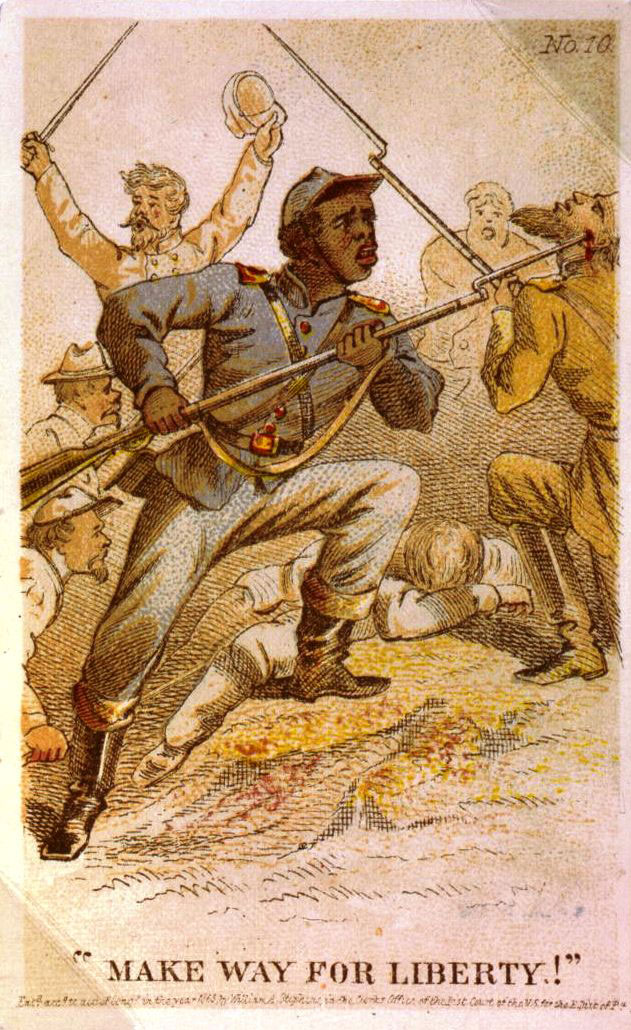

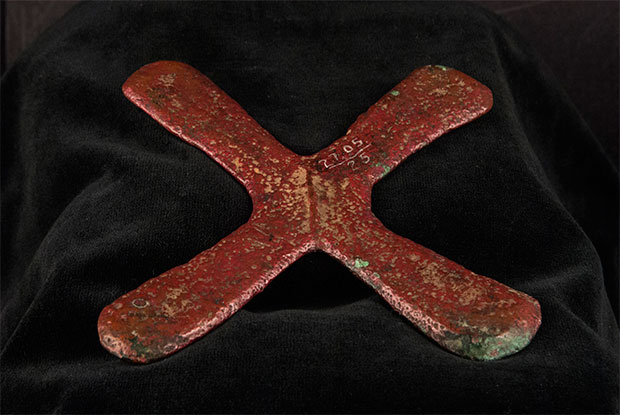
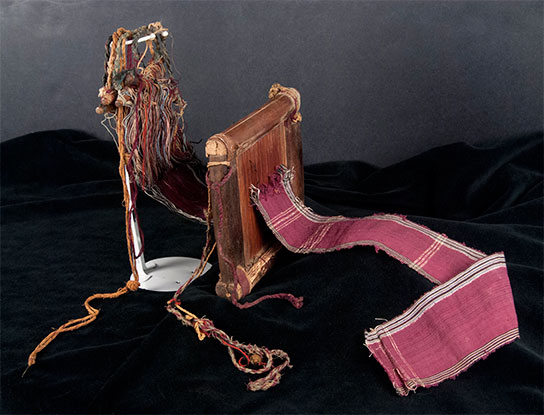
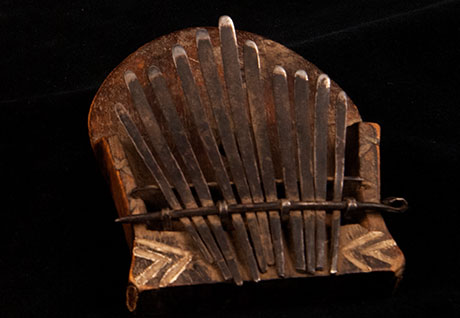
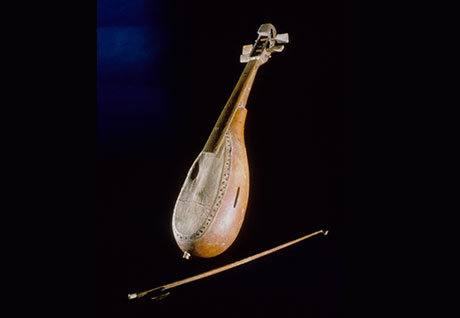
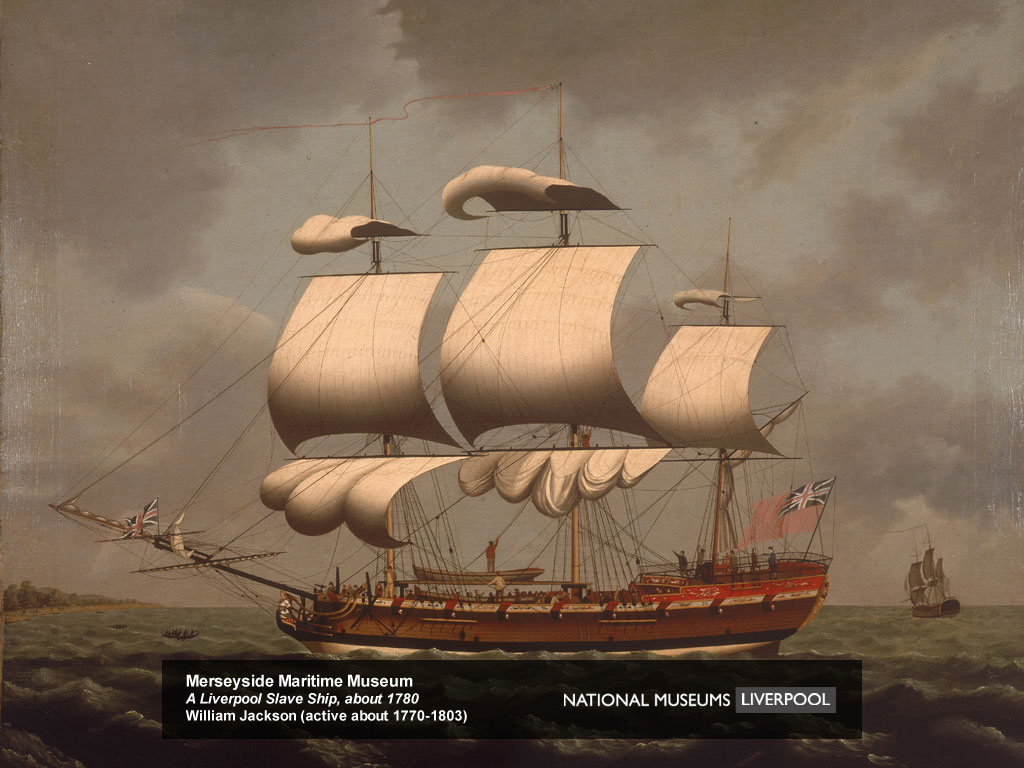
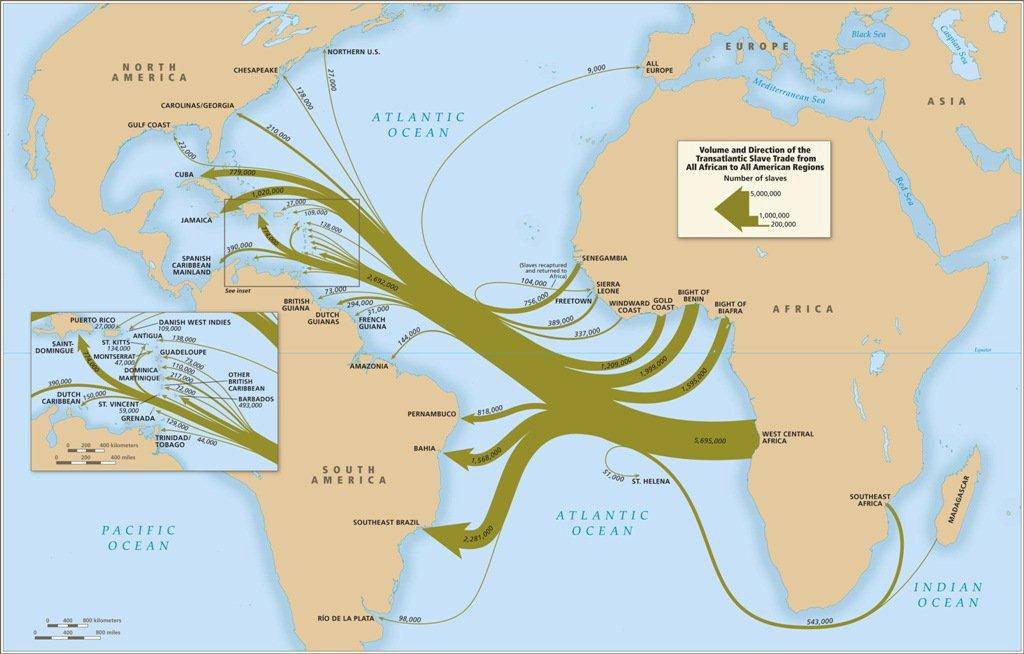
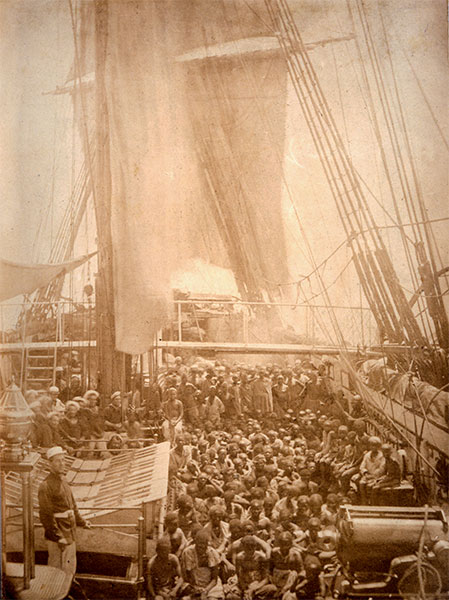
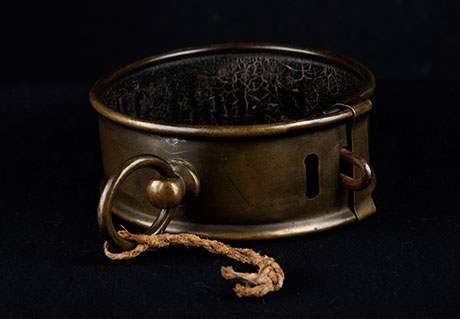
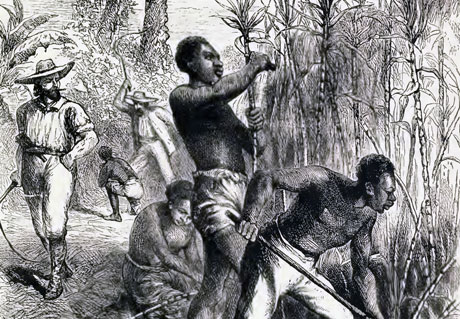
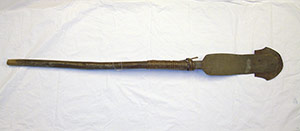
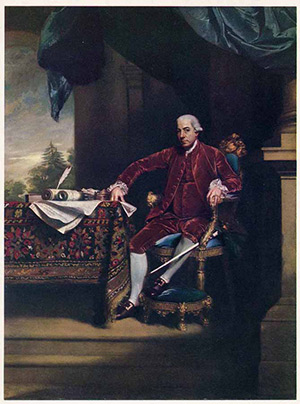
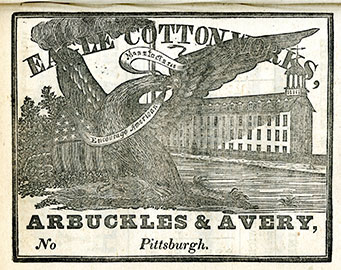
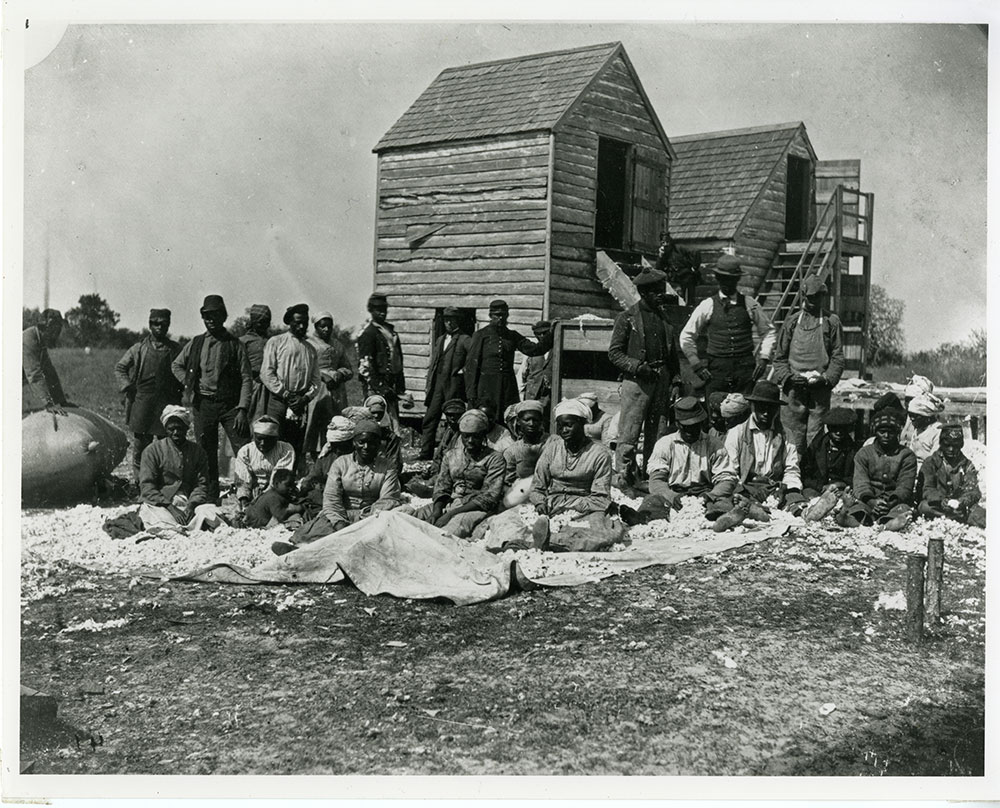
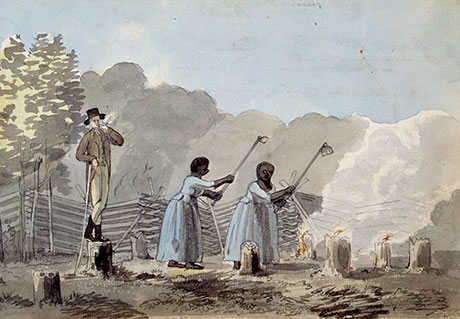
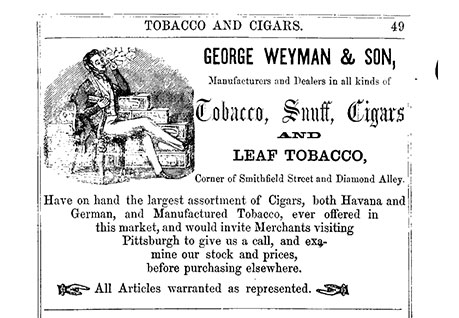
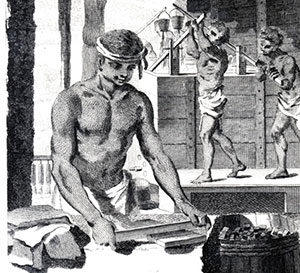
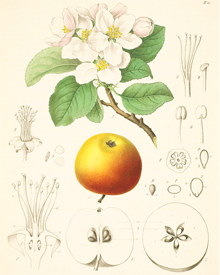
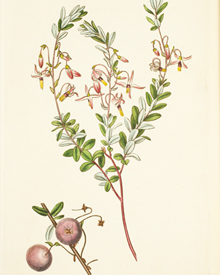
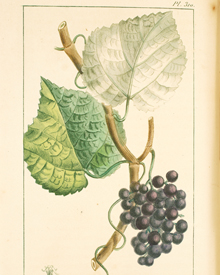
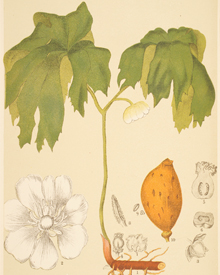
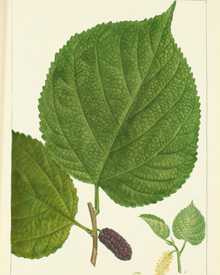
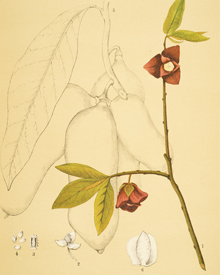
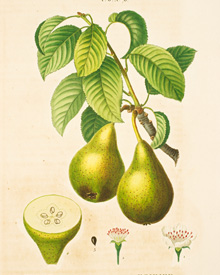
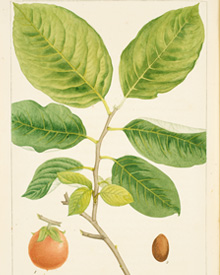
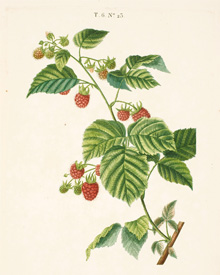
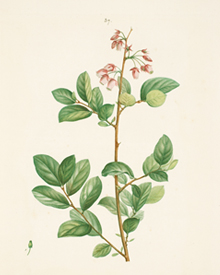
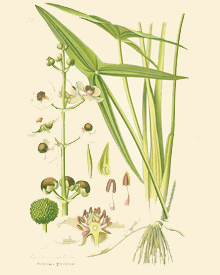
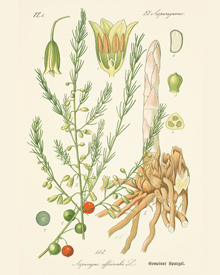
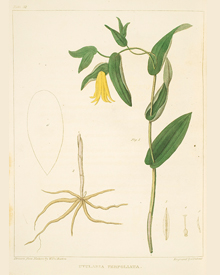
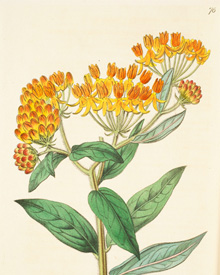
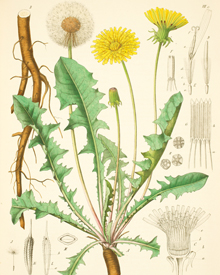
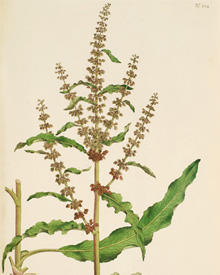
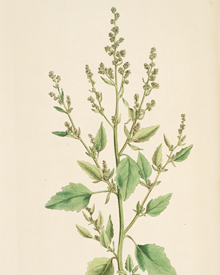
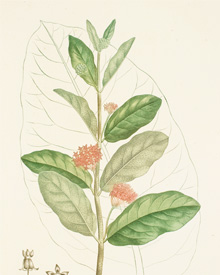
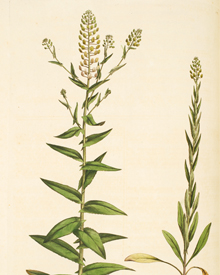
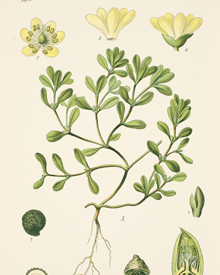
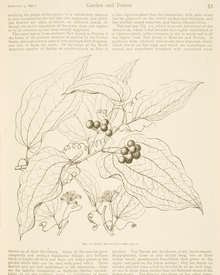
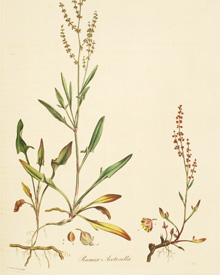
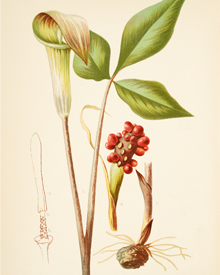
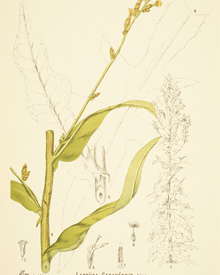
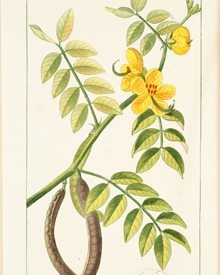
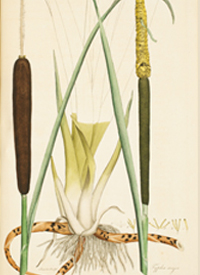
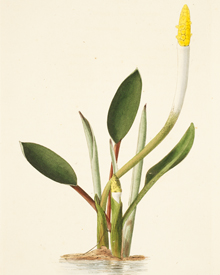
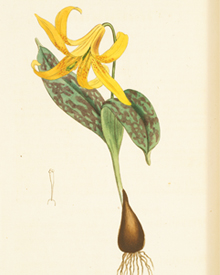
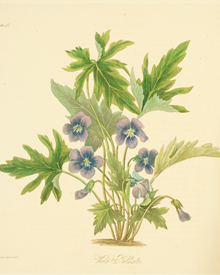
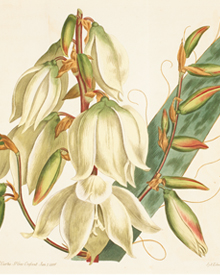
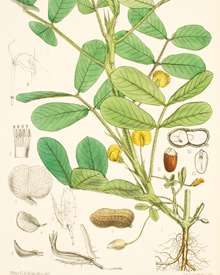
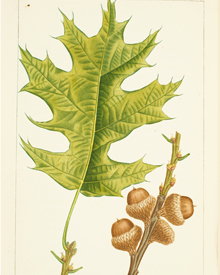
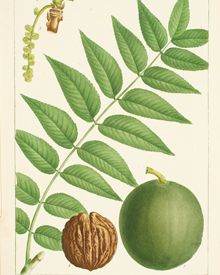
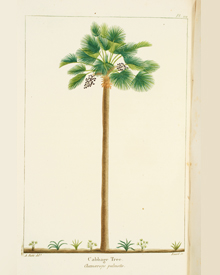
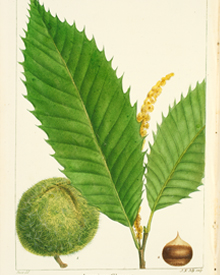
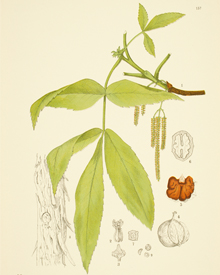
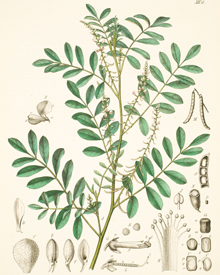
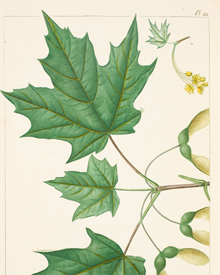
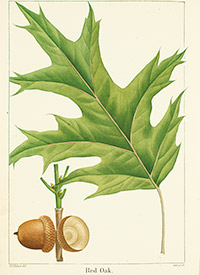
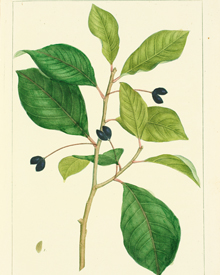
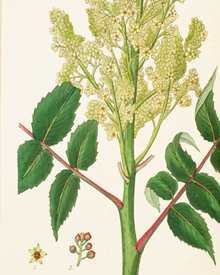
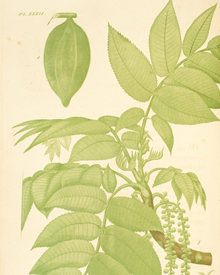
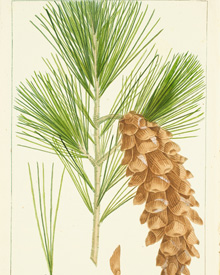
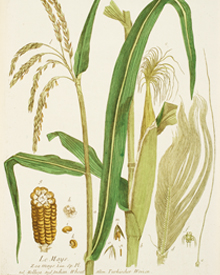
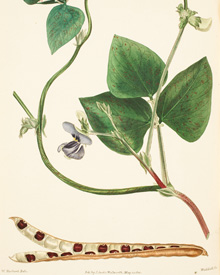
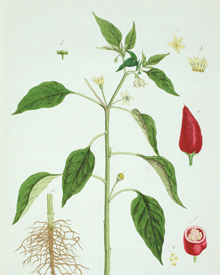
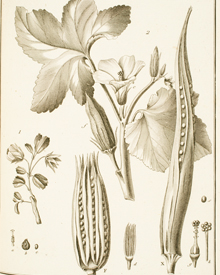
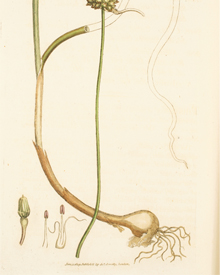
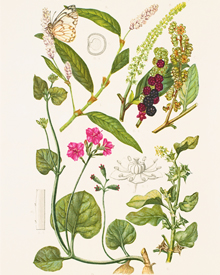
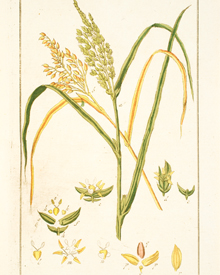
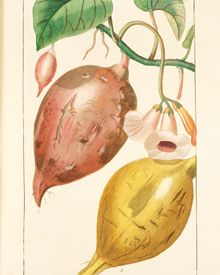
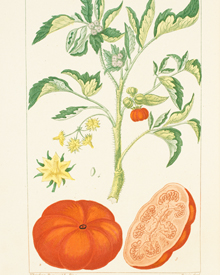
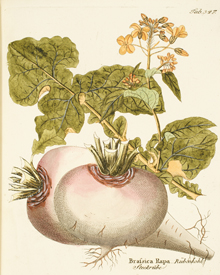
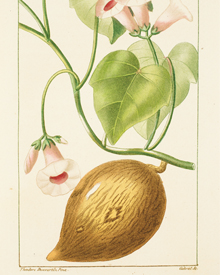
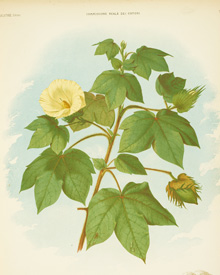
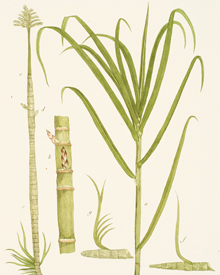
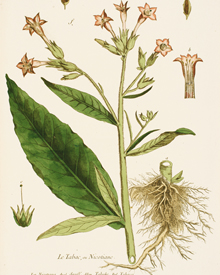
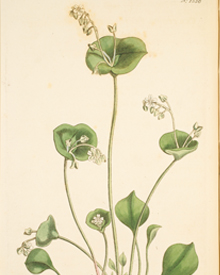
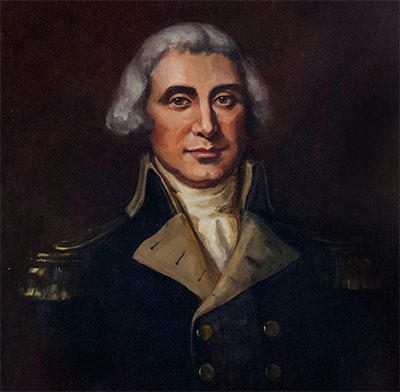
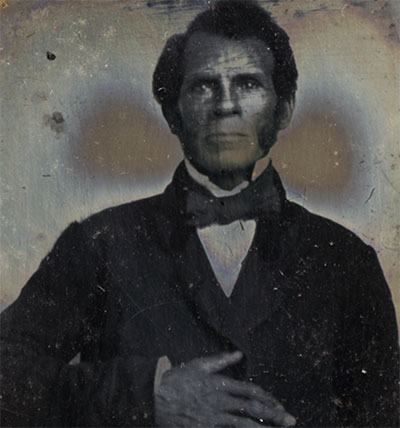
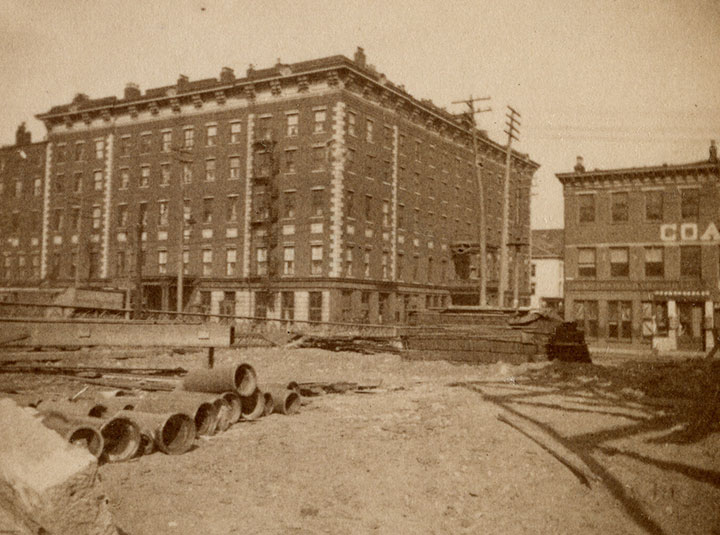
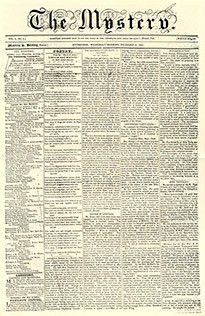
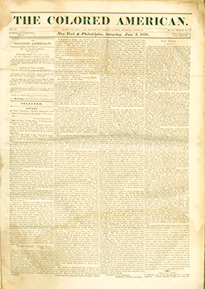
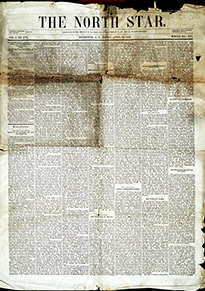
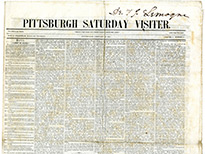
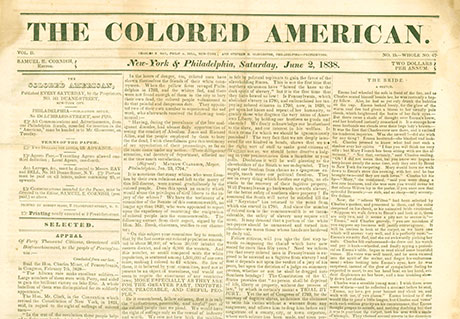
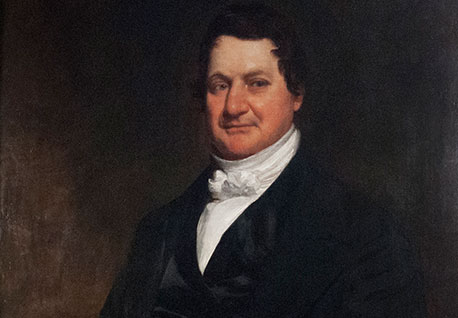
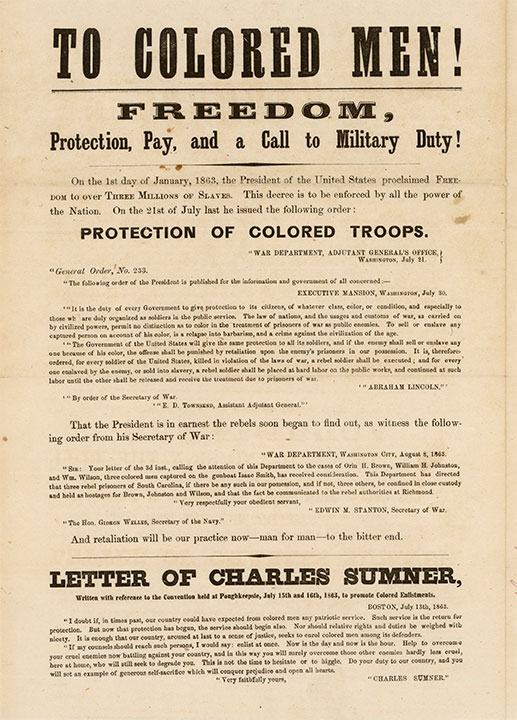
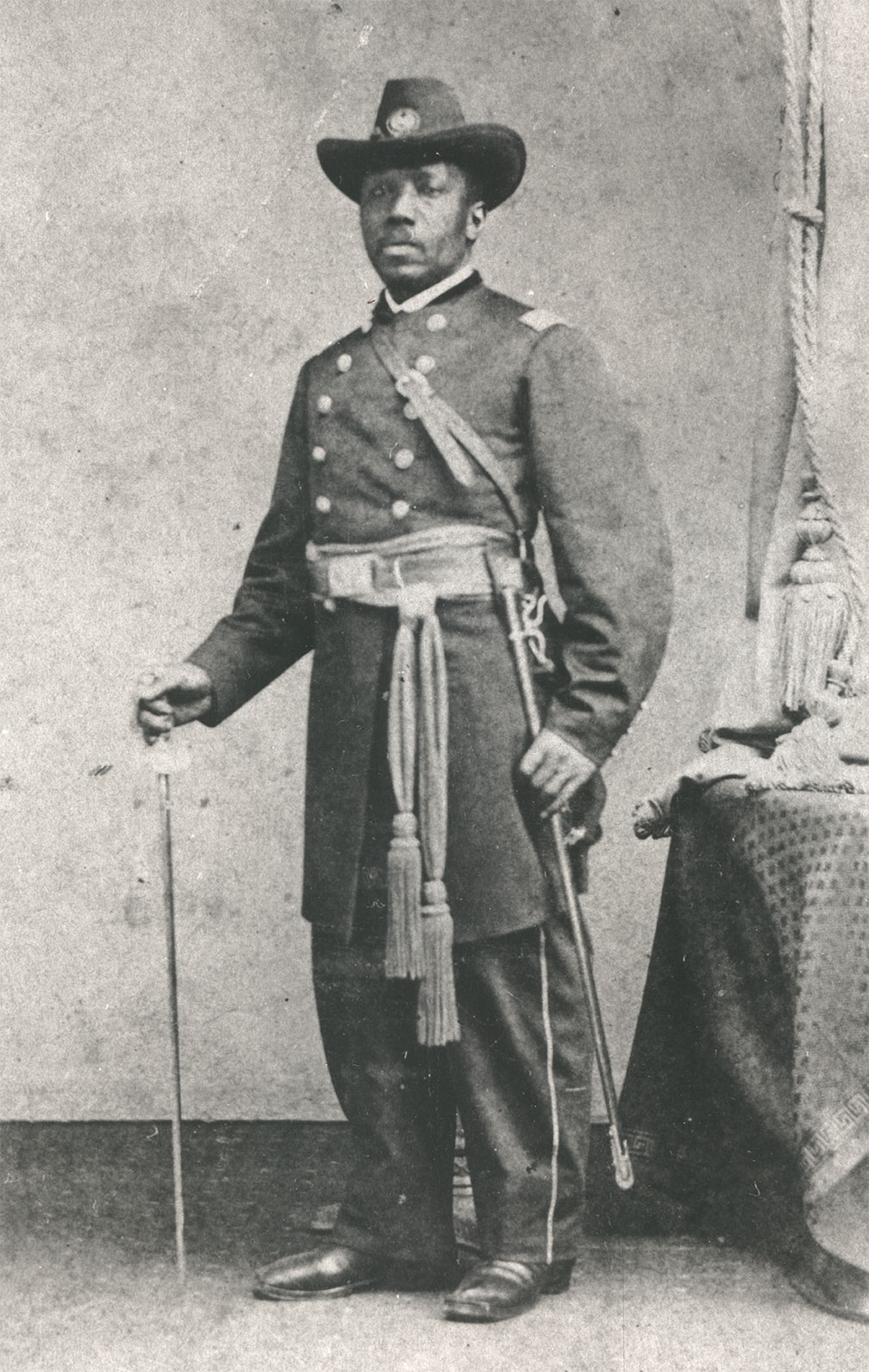
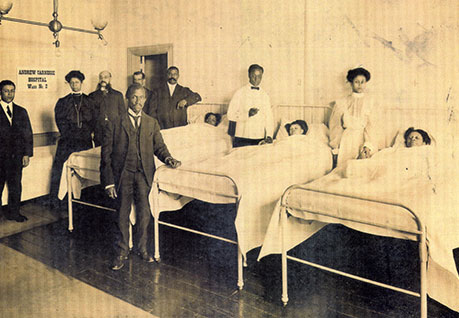
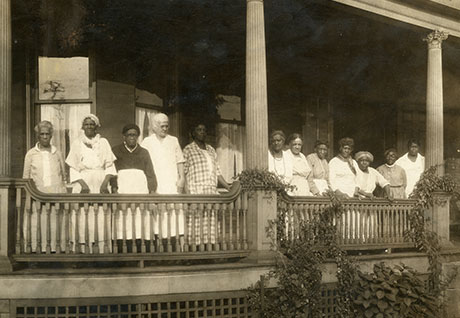
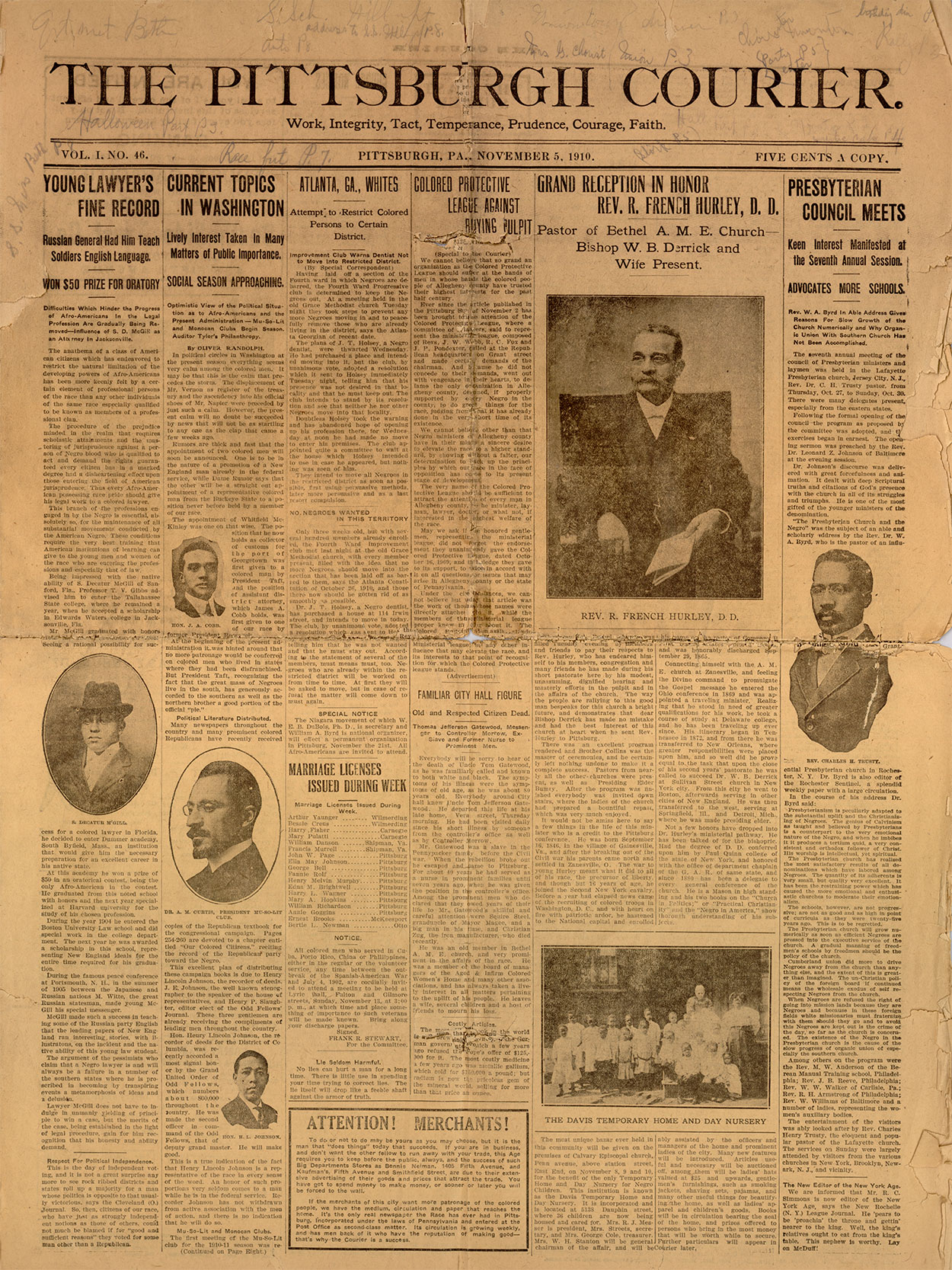
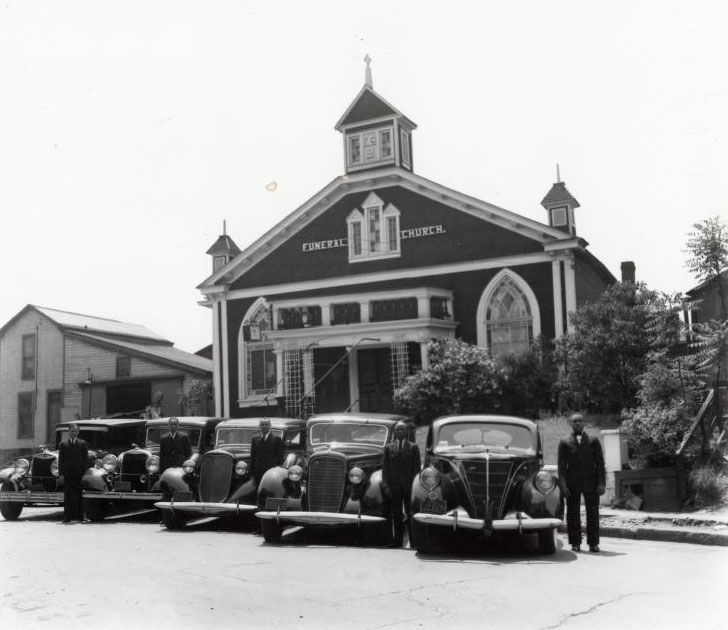
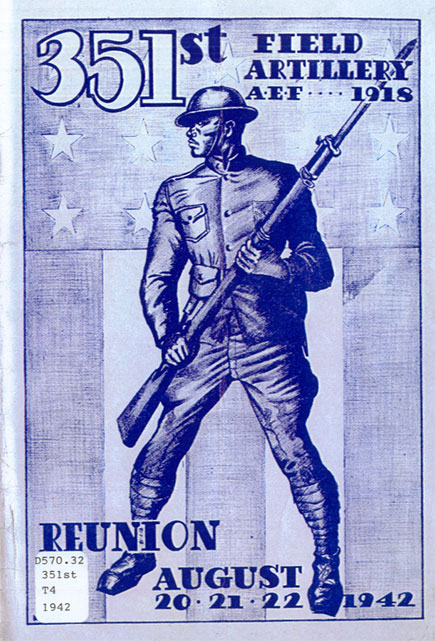
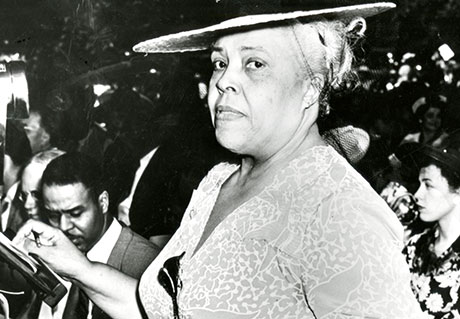
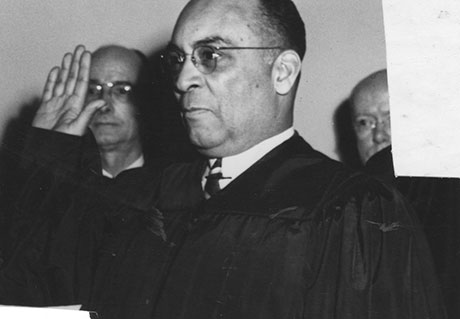
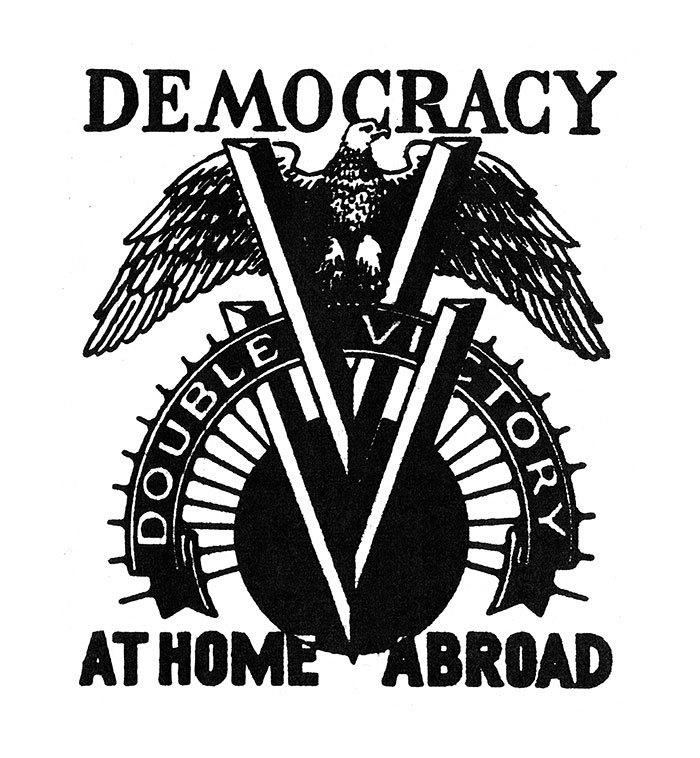
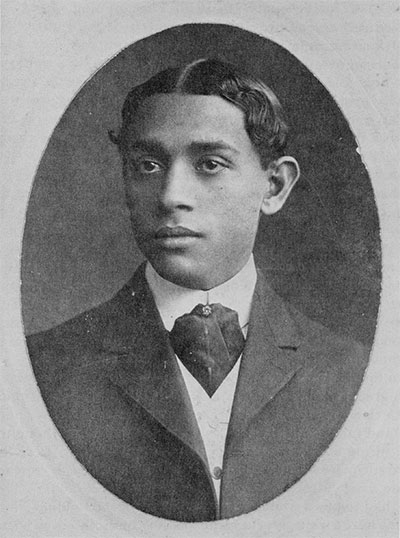
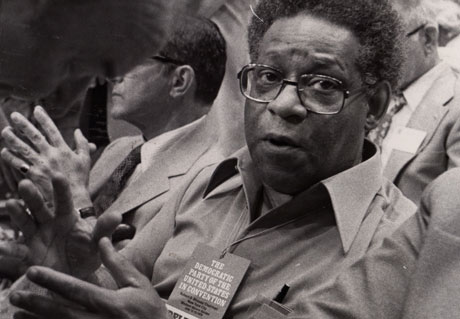
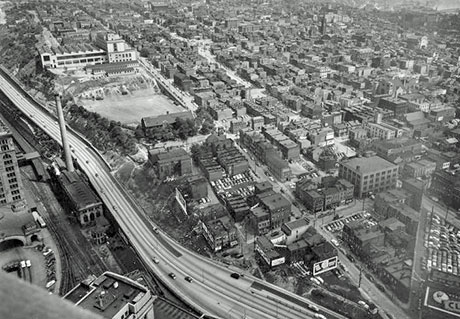
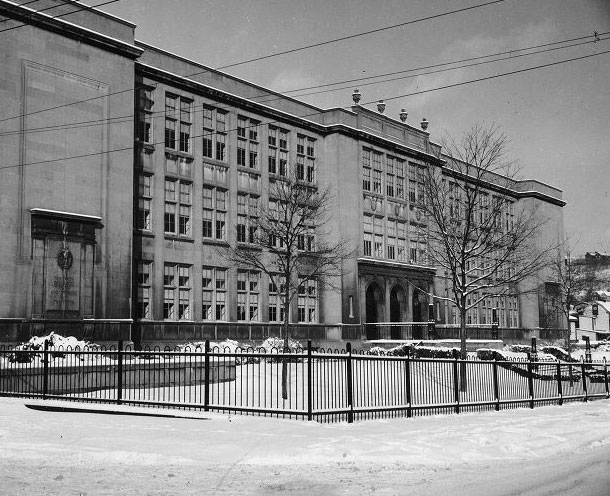
Share:

